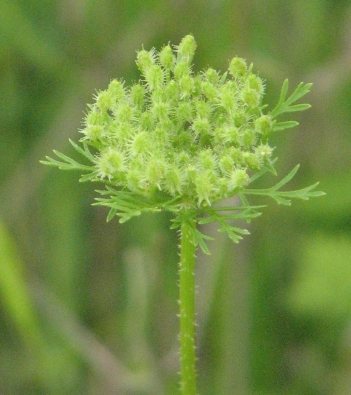Branching Broomrape Orobanche ramosa. A leafless, parasitic plant whose stems tap into the roots of other plants, like Tobacco, Potatoes, or Mint, which sends up branching clumps of dark colored stems which bear light lavender tube flowers with a white mark on the lip. Under the ground the plant forms a bulb like nodule around the roots of some plant, then sends up a short, stout stalk that branches at the surface. Not able to produce chlorophyll, Broomrape has no leaves, parasitizing other plants. Locally uncommon, this pest can form colonies which are not noticed, since they are very short, and get quickly overgrown after they bloom. In Europe this species is harvested and prepared like asparagus. SWk, Not in Book, 3/25/19 – 5/4/19; 3/28/20 – 5/?/20;

Branching Broomrape habit; a leafless parasitic plant producing clumps of light blue tube flowers.

Note; Broomrape does not produce any leaves, tapping into the roots of other plants
Note; branching clumps of leafless stalks, each bearing slightly arched, blue flowers with a white spot on the lip and into the throat.
























